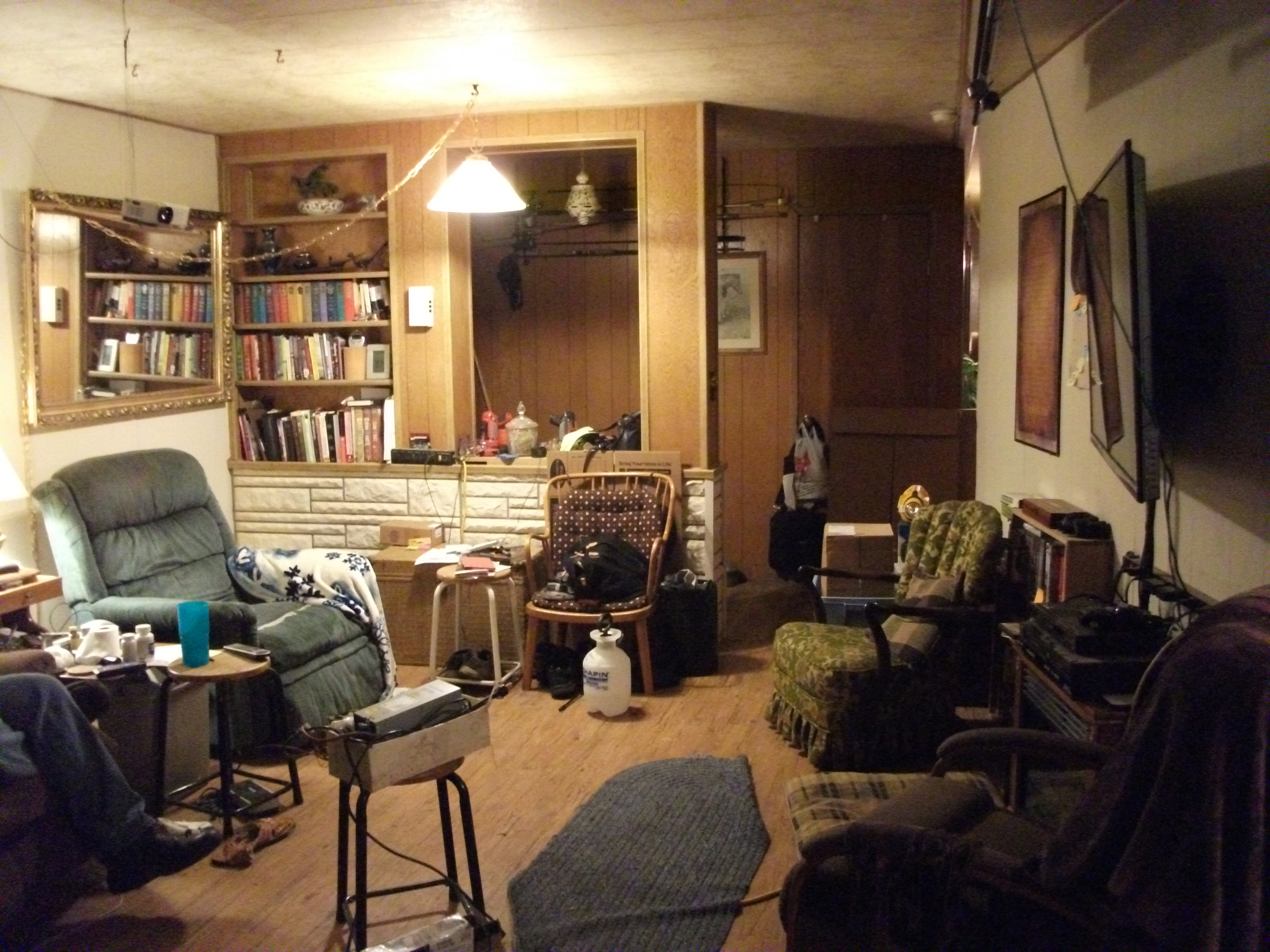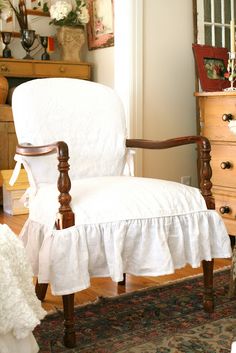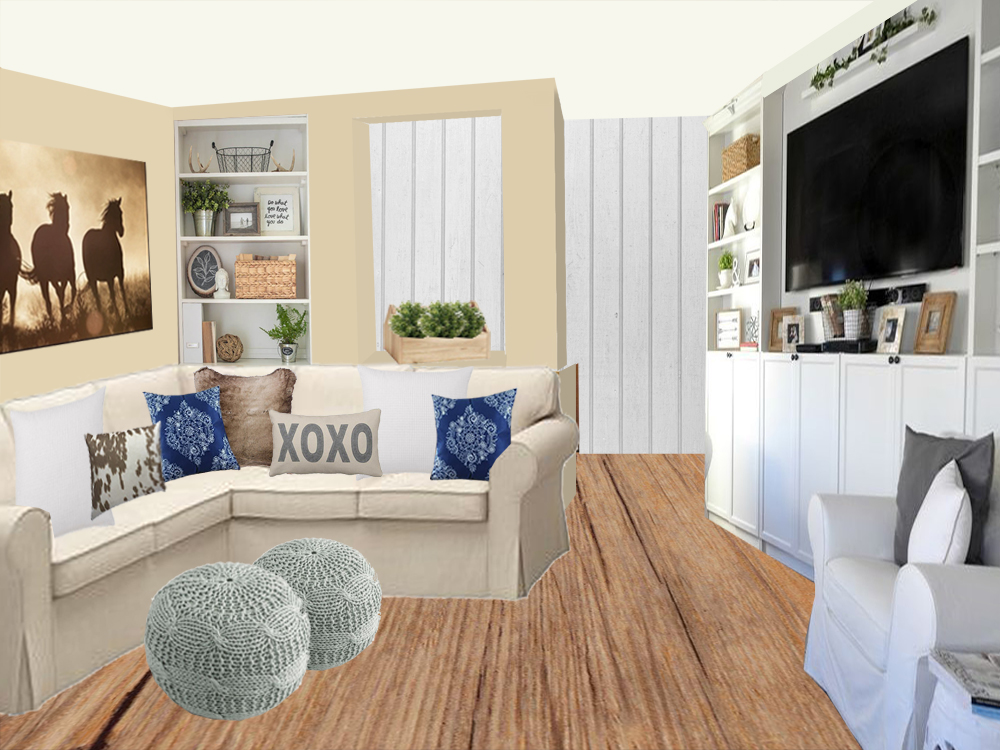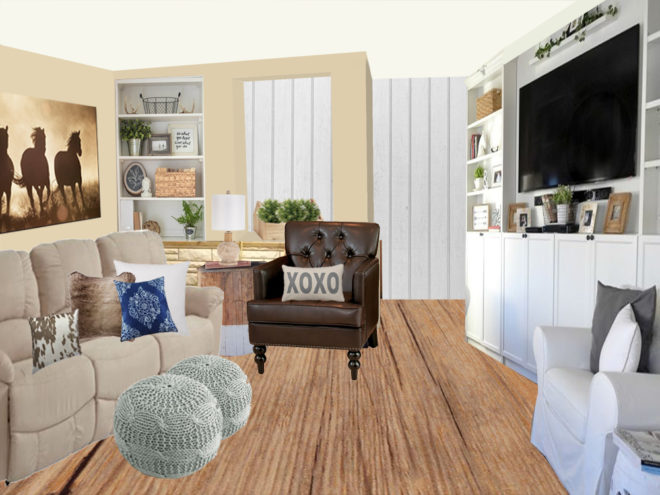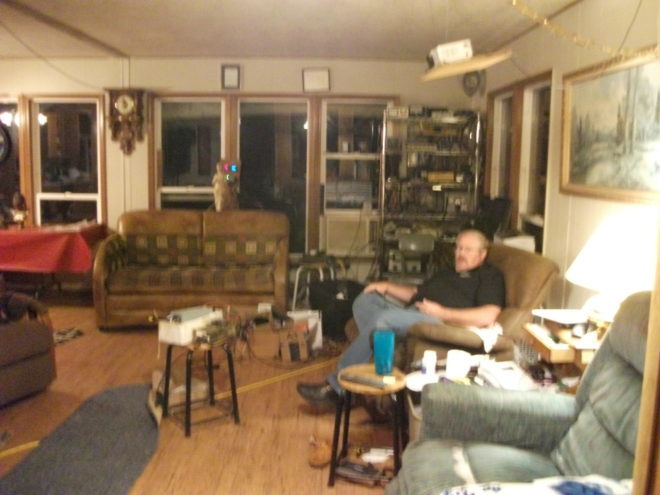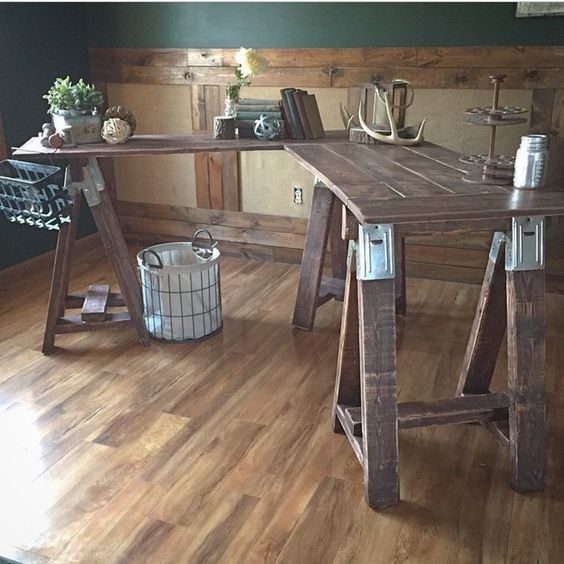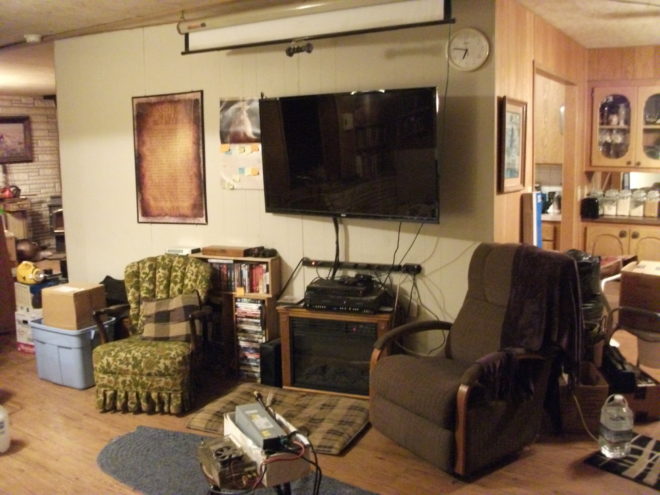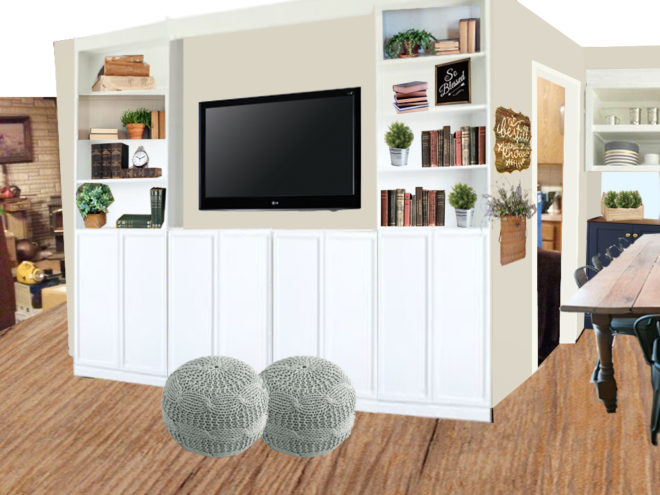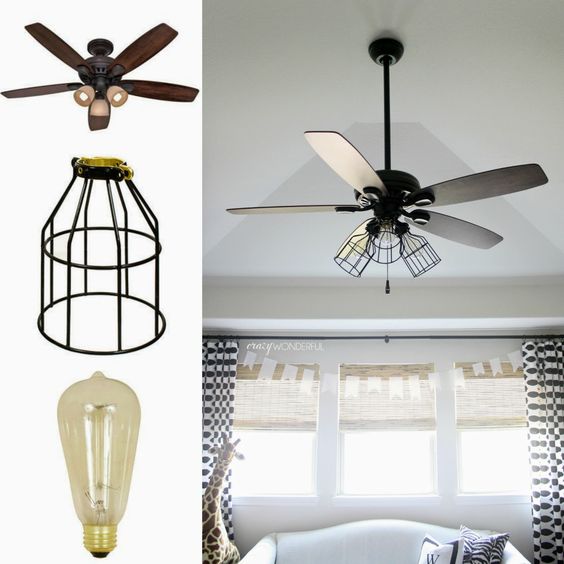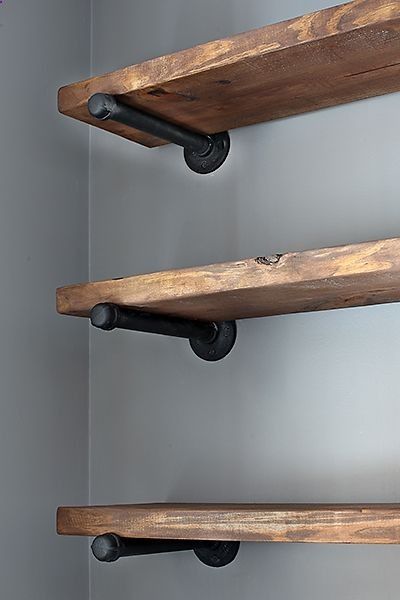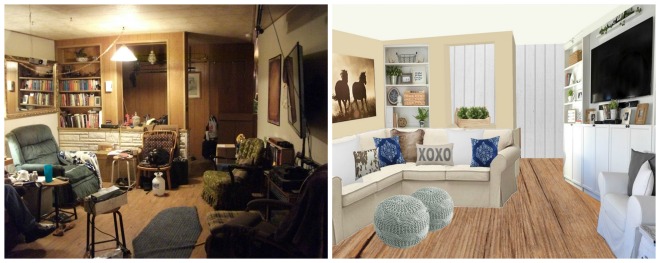It’s important that everyone knows about Irlen Syndrome, because it is often misdiagnosed or missed altogether and leads to other health problems. It can be the result of genetics or head trauma including whiplash, concussion or combat. 50% of children with learning disabilities have Irlen Syndrome, and 40% of children diagnosed with dyslexia have Irlen’s syndrome instead. Irlens is very common for veterans and can cause enhanced PTSD symptoms.
Irlen Syndrome is a sensitivity to light, which sounds simple enough, but the affects are anything but. In an Irlen patient when certain wave lengths of light hit the eye, confusing messages are sent to the brain. This usually leads to visual misperceptions. Words can dissolve into the white page, tremor, or tumble down the page. It might look sharp and clear in the very center but distorted away from the center. Items might look like they are glowing, colors might appear that aren’t really there. Things may look closer or further away than they really are. Depth perception may be off. Round letters like o, e, a, and u might look identical to an Irlen child learning to read, making phonics quite confusing. Square things might look round, including home windows and doors. A genetically triggered Irlen patient may not recognize that they are seeing anything abnormal. It’s all they’ve seen or experienced and will naturally assume everyone else sees that way too.
Since Irlen Syndrome is a neurological disorder, both optometrists and special education teachers in the United States are largely unaware of it. I’d like to see this change. While it’s true that an Irlen patient’s eyes are not causing the problem, the pathway of the SOLUTION is through the eyes. Often the first intervention for a child with a reading problem is to take them to the eye doctor. How much better could we find and help these kids if eye doctors knew what to watch for? It would benefit every eye practice financially to offer this service and benefit the families who currently have to travel quite far to reach a practitioner. In addition, since around 50% of all children with learning difficulties have Irlen Syndrome it only makes sense to add it’s study to the course work for all Special Education teachers. Since Irlen syndrome is barely touched upon in optical school in the United States, and rarely mentioned in teacher education, many children are misdiagnosed. My oldest daughter was diagnosed dyslexic with visual processing and processing speed disorders and we didn’t discover she had Irlen syndrome for 8 more years. 
This is a tragedy because Irlen Syndrome is easily treated with colored filters. When left untreated it causes other health conditions such as Adrenal Fatigue and Tachycardia (too fast heartbeat.) Studies have shown for every beat per minute you can lower your resting heart rate, you extend your life by 1 year. Take a look at the typical brain activity of an Irlen patient with and without filters.

Untreated Irlen patients are stressed out all the time! It’s common to find them grinding their teeth, clenching their jaws (with permanent joint damage), tight shoulders and neck muscles, headaches–often migranes. This amount of stress can lead to OCD behaviors, whole body inflammation, hyperactivity, memory loss and language processing disorders (poor access to words when writing or talking,) new or worsening allergies, temper eruptions, sensory integrative disorder (sensitivity to touch, sounds, smells, tastes and textures visual clutter, etc.), depression, and social anxiety (fear of crowds or leaving home.)
I had common adrenal fatigue symptoms at an early age such as exercise intolerance, heat and cold sensitivity, low blood pressure, low blood sugar, depression, exhaustion, amenorrhea (after age 13), food sensitivities and fear of crowds. When I became a mother these symptoms increased to the point that I was bedfast for months at a time on several occasions.
I never would have considered Irlen syndrome as the root cause of my trouble, if it weren’t for my daughters. I never struggled in school. I learned to read spontaneously when I was 4 and went through school in the gifted and talented program, earning straight As and a full ride scholarship through college. 9% of Irlen patients are just like me. Their visual disturbances don’t disrupt normal function. When I was sitting in the clinic with Heather watching her 3 hour long test process, I would say things like—ooh, that color makes the whole room feel calm. The doctor looked at me and said, “Mama, you’re next.”
“Oh no! Not me! I read just fine.”
“I’m sure you do. You’ll get a chance to prove it in a minute.”
I sat at the testing desk and the doctor asked me a few questions: Do you have TMJ? Are you considered clumsy? Do you ever have trouble thinking of the right word? Do sounds, smells, and lights irritate you? Have you struggled with Adrenal Fatigue? Do you have night blindness? Do you grind your teeth? Have you ever worn glasses?
I answered yes to everything. Then I remembered when I was 12, school and social pressures and hormone changes added to the stress that my brain had already been under for years. The visual disturbances worsened until I was blending lines together in reading, skipping and re-reading lines. Homework was impossible. My mom took me to the eye doctor. He said, “Well, there’s nothing wrong with her eyes, but I’m going to write her this little prescription and see if we can relax her eye muscles a little.” That should have been my first clue that I had a neurological problem, but we just didn’t know.
The doctor gave me a medical textbook to read. It took all my concentration to focus on the words and pronounce the complex vocabulary properly. But I did it, really well. I beamed at her….”I proved it.”
Then she said, “What was that about?” I couldn’t remember much from the text I read. She turned the page and we spent several minutes looking at the page through different colored filters. I found 2 that cut down on trembling of the text and she asked me to read again. My speed and accuracy was pronouncedly improved and I could remember more of the text. she asked me to go home and make an appointment with the local screener. I said I’d consider it.
In the meantime, my youngest daughter’s glasses arrived in the mail. She was at school so I tried them on. I didn’t expect much, but a strong feeling of peace and well-being flooded over me. I was experiencing a calm brain for the first time in my life and it was overwhelming. I burst into tears. I looked across the room and things far away were in focus that weren’t before. When I took the glasses off and put them back on, and off and on…. (you would too!) I realized the room had been vibrating…my whole life.
A few days later, my oldest daughter was in the living room doing her homework in the dark…again. “Don’t you want me to turn on some more light?” I asked.
“No! Please, No!” Then she burst into tears. “Could you read my text book to me? I’ve been staring at it forever and I can’t make sense of it.” In the past I would have said something like, “If you’d work in adequate light, you’d be able to read it.” But this time, I put everything together. The headaches. The dyslexic and processing diagnosis. The emotional outbursts and sensitivity to sound and light. I read her the book, then called Ken Schmidt our local Irlen screener and got her in the next day. My suspicions were confirmed. She had a severe case of Irlens.
Heidi’s case is interesting because her verbal communication is partially locked due to Irlens. She learned to talk late even though everything else was developmentally early. I’ve always known to take what she says with a grain of salt. It’s not that she’s untruthful, she just perceives things unusually. Heidi was unable to verbalize which filters helped her. Her Irlens was so severe that she still saw visual disturbances through every combination of filters.
At our extended visit to the specialist 3 hours away, I mentioned to the doctor that I wished we could hook Heidi up to a biofeedback machine so we could test the stress on her brain through the different filters. That would help us figure out what she needed since she couldn’t tell us. The doctor snapped her fingers. “I can’t do that, but I can do this….” She went to a drawer and pulled out an ear lobe pulse monitor.
She hooked it up to Heidi’s ear and measured her pulse at 84 beats per minute. That’s pretty fast for an athletic teenage girl who has been sitting in a chair for 2 hours. Heidi held different combinations of filters up to her eyes and the doctor kept watch on the pulse monitor. When we found the combination of filters we ordered for her, her heart rate came down to 50 beats per minute in a matter of seconds. Heidi still had visual disturbances through those filters, but it was the best we could do. She will wear them for a few months and then we will go back and try again, hoping that her brain will have calmed enough so she can help guide us to the correct filters better.
The doctor looked at me and said, “Mom, you need to consider this more deeply. No family has 2 daughters this severely affected without history of traumatic injury unless both parents are genetic carriers.”
Both Parents? I made an appointment for myself with the local screener. Ken showed me several sheets of paper designed to trigger visual disturbances in an Irlen patient. He asked me what I could see. I would say, “This is what I see, but I know this to be true about what I’m seeing.” He said, “I’m not testing your ability to adapt for yourself. No one is disputing that you do that very well. I just want to know what you see.” Then it occurred to me that I had spent my whole life adapting, working hard to perceive, ignoring what my mind was telling me and looking for context clues to find the truth. I saw blue and yellow auras and rivers of white running through the print. When I was counting a row of black Xs, the white swallowed them up and left me with a row of white dots. A picture of a black box appeared to have a gray side and the lines would disappear and reappear at random intervals, sometimes doubling. I told him everything, and said, “But doesn’t everyone see it the way I’m seeing it? Aren’t these optical illusions?” I looked at his face and saw the answer clearly, “No.”
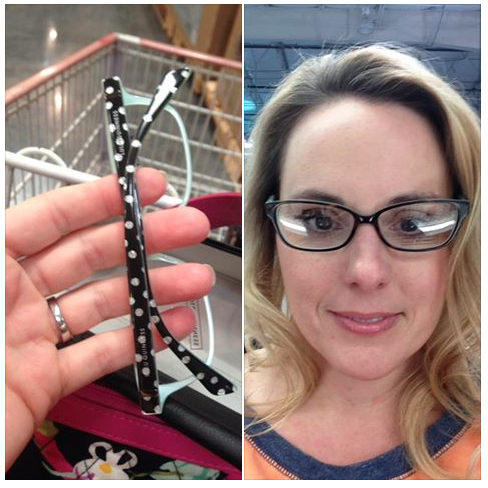
Trying on frames at Costco
So off I went to the specialist. I’ll spare you the details, but when I finally found the filters I ordered, she had me hold them up to my face and walk outside. I looked out over the horizon and everything was clear as far as I could see. Crisp, fresh. The lenses had no curve to them, only color. How could this be? The pavement seemed farther away than it used to be. I walked cautiously, slowly. Lifting my feet too high at times, and leaning on Darren’s arm for balance. My depth perception had been this wrong? I am going to need to learn to walk all over again. No wonder I trip up the stairs, crash into door-frames, and knock my hips on furniture.
I have two more children that need to be tested. Their little quirks and sensitivities finally make sense in the big picture of what we’re learning. I want to run out and help them right away, but every person that gets treated costs around $1100, and I need some time to save.
Here are the steps for treatment. Insurance won’t cover it, but most HSA plans will allow you to use pre-tax funds from your HSA account or cafeteria plan.
- Take the self-test
- Make an appointment with a screener. This costs $80 in my town, but saves $150 off the Diagnostician appointment. This is usually a 2 hour session and concludes with a set of colored overlays to read with if you are diagnosed with Irlen Syndrome. Colored overlays are helpful but are just a bandaid. Irlens affects more than just reading and only glasses or contacts worn constantly are a real solution.
- Make sure to have a current eye exam. And carry a copy of your prescription.
- Buy frames that are large enough to block light from reaching your eyes from the top. Just frames, don’t fill the prescription. You shouldn’t be able to see much ceiling if you roll your eyes up with the your frames on. (We found Costco to be the best combo of style, quality and price.)
- Make an appointment with an Irlen Diagnostician. Do call around. We have 3 diagnosticians all within 3 hours of our home. I didn’t check other states and went to one based on a friend’s recommendation. She charges $930 for an appointment, the other one that I found out about later charges $450. This is significant because we have so many family members affected, but now we have a history and relationship with the expensive doctor. (The diagnostician will have advice on whether your prescription is necessary or whether the filters will be enough correction. Ultimately it’s up to you whether you do both or not.)
- Follow up in 2-3 months. If at any time the lenses don’t appear to be working, go back and have them checked. Our doctor doesn’t charge for a check within 3 months of the last one. If the child stops wearing them all the time, complains of headaches, or has increased emotional outbursts, it’s time to get them checked.
- Once you have a good set of lenses, go back annually for a follow up. The color can fade over time and may need to be retinted. Contacts can also be tinted, but only certain kinds. Once your prescription is good, ask your diagnostician about your contact options.
If you made it this far and have questions or comments, I’m all ears :).









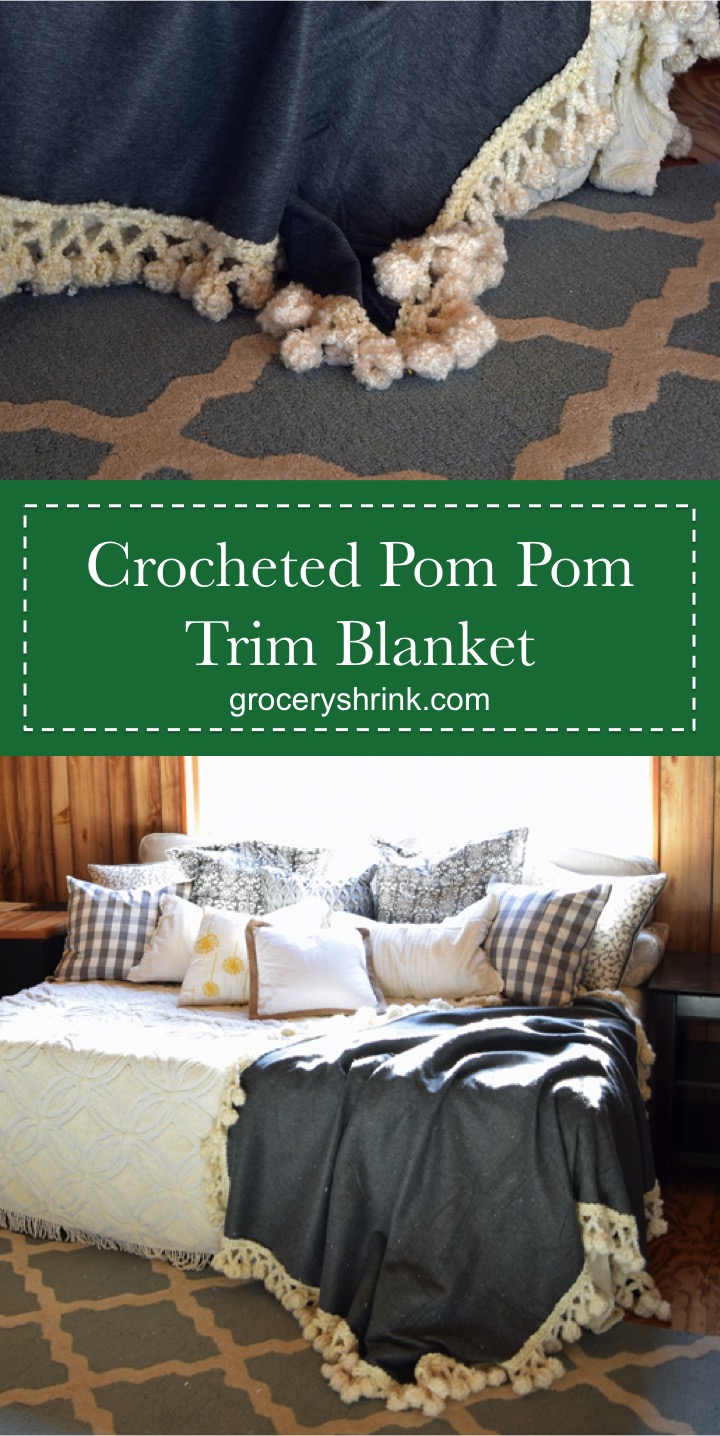
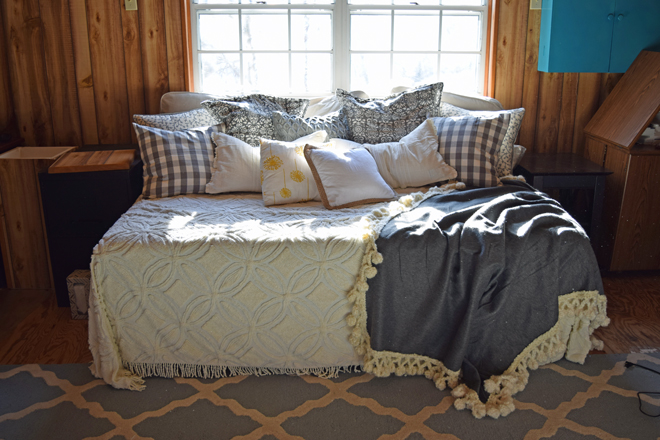
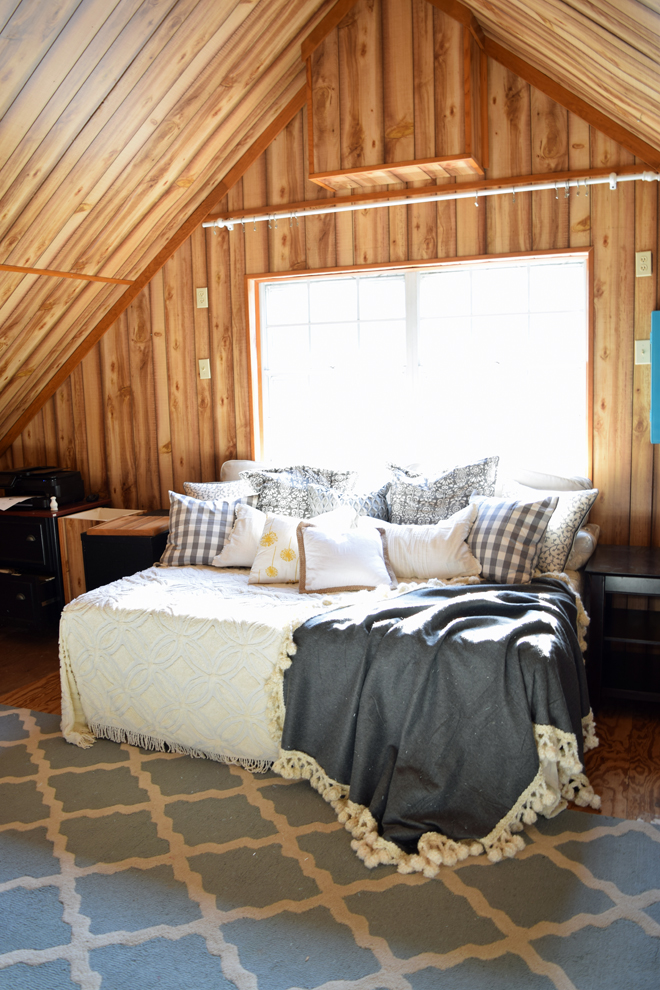
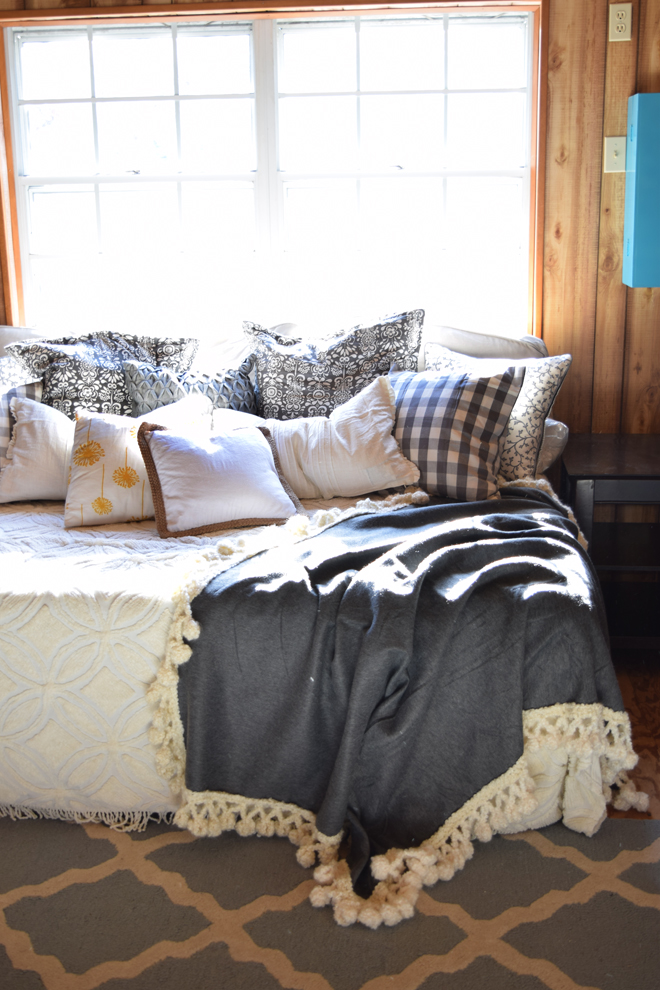
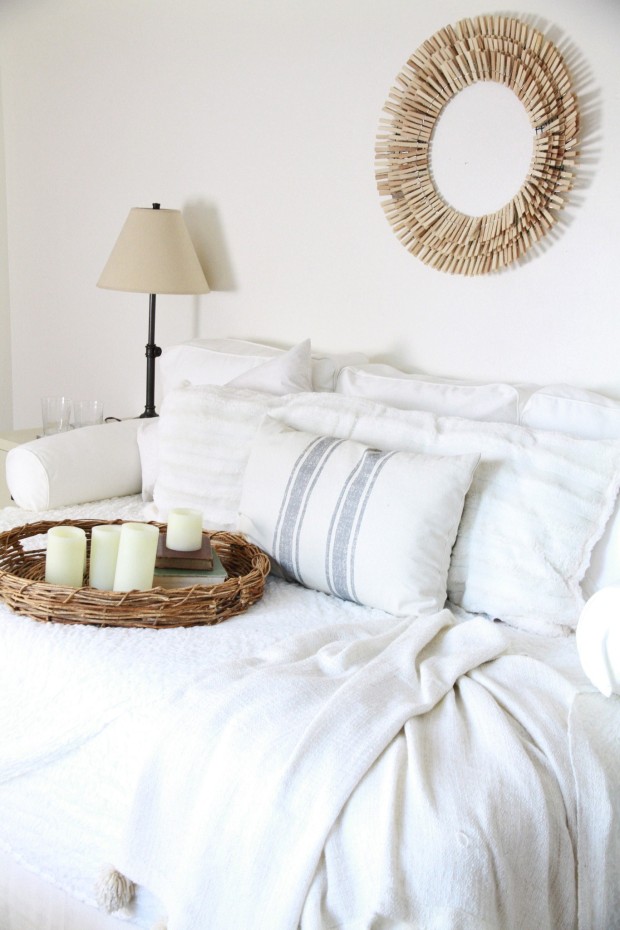
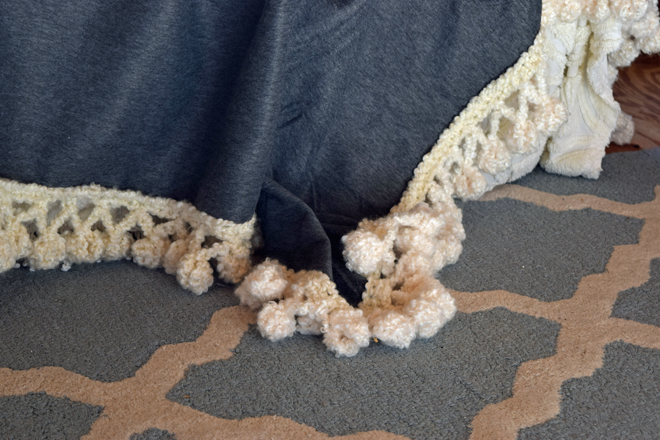
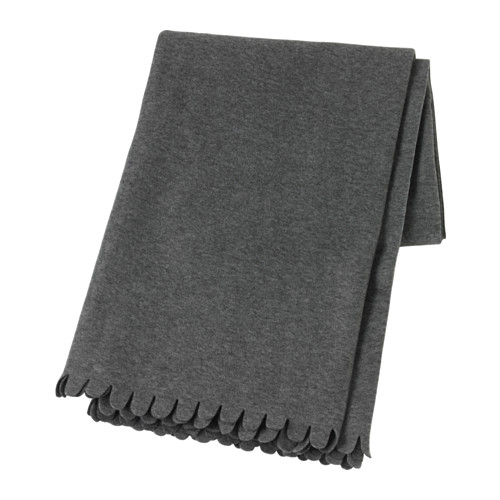










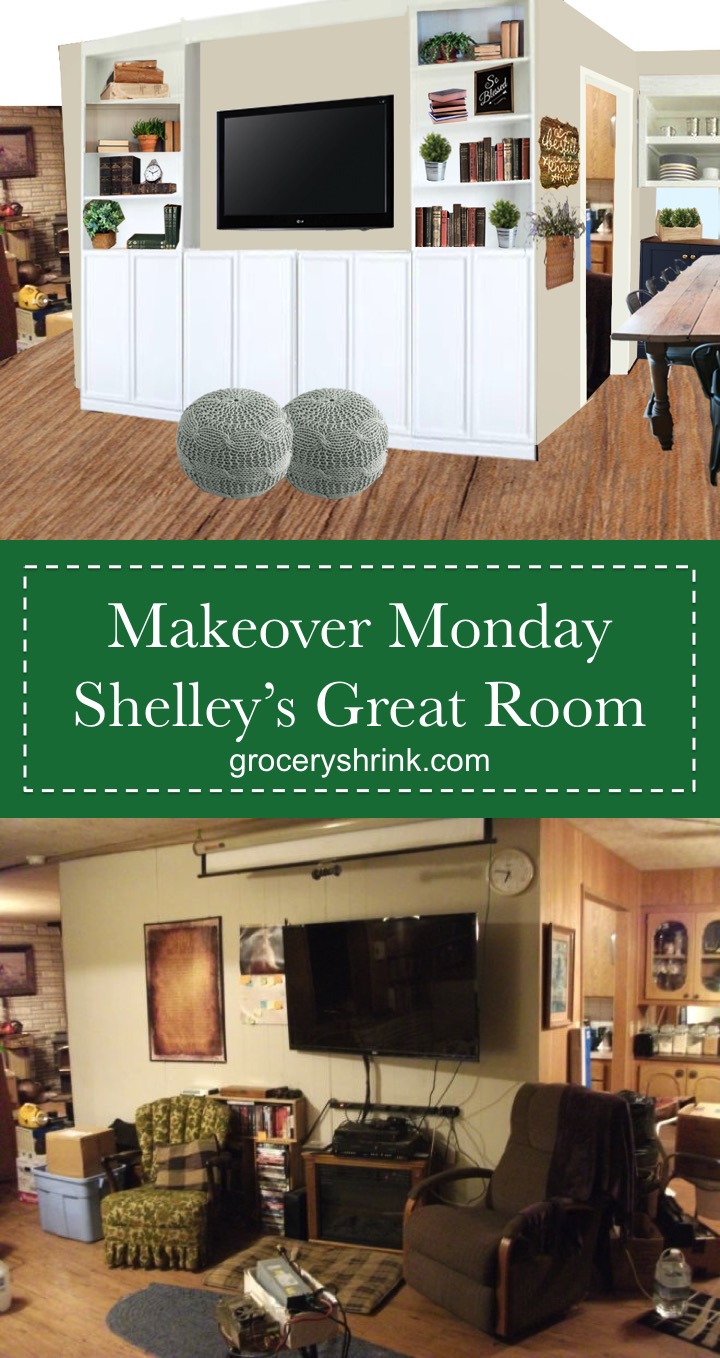


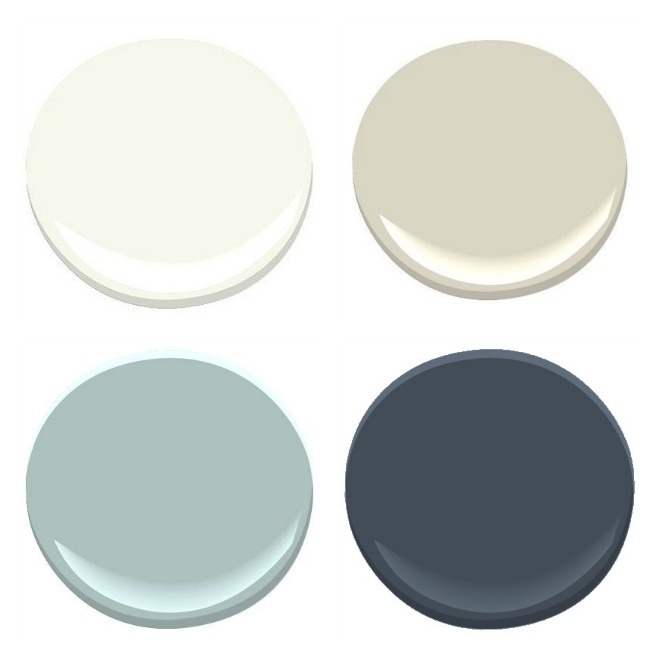 I chose her neutrals specifically for their yellow undertones. They had just laid new country pine wood floors and if she used neutrals with pink undertones, or even a true white, they might look orange.
I chose her neutrals specifically for their yellow undertones. They had just laid new country pine wood floors and if she used neutrals with pink undertones, or even a true white, they might look orange.